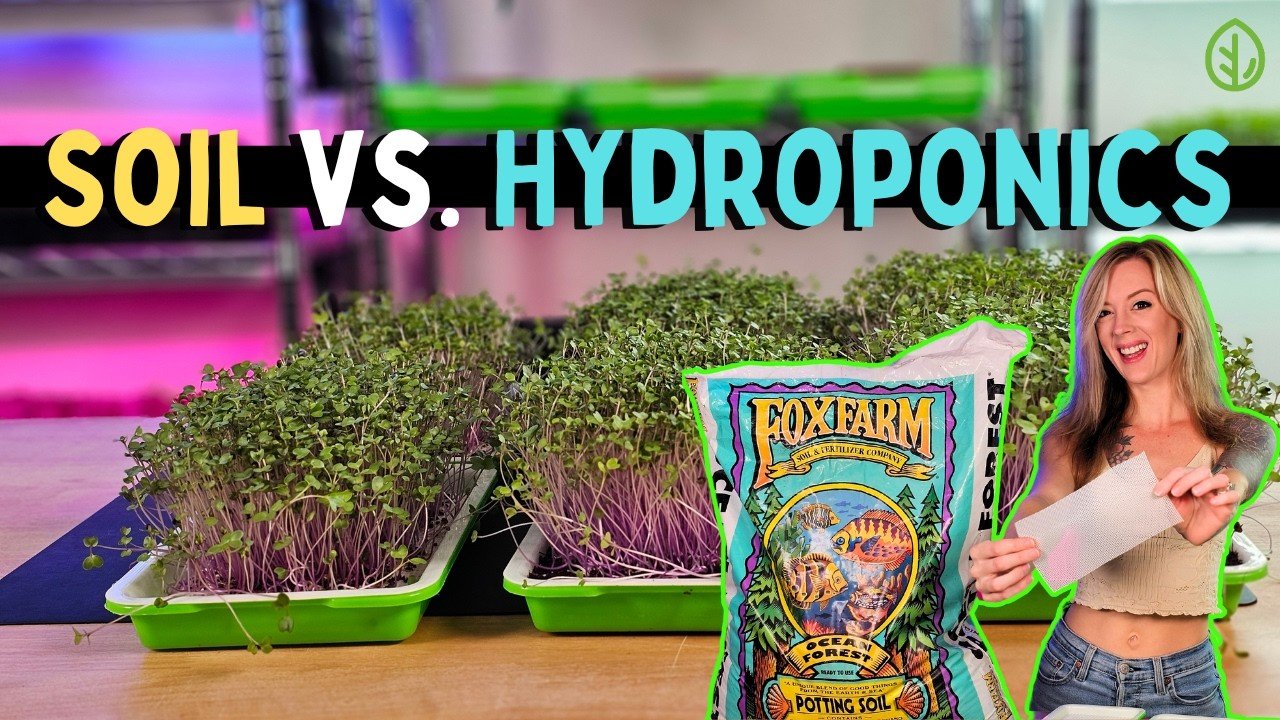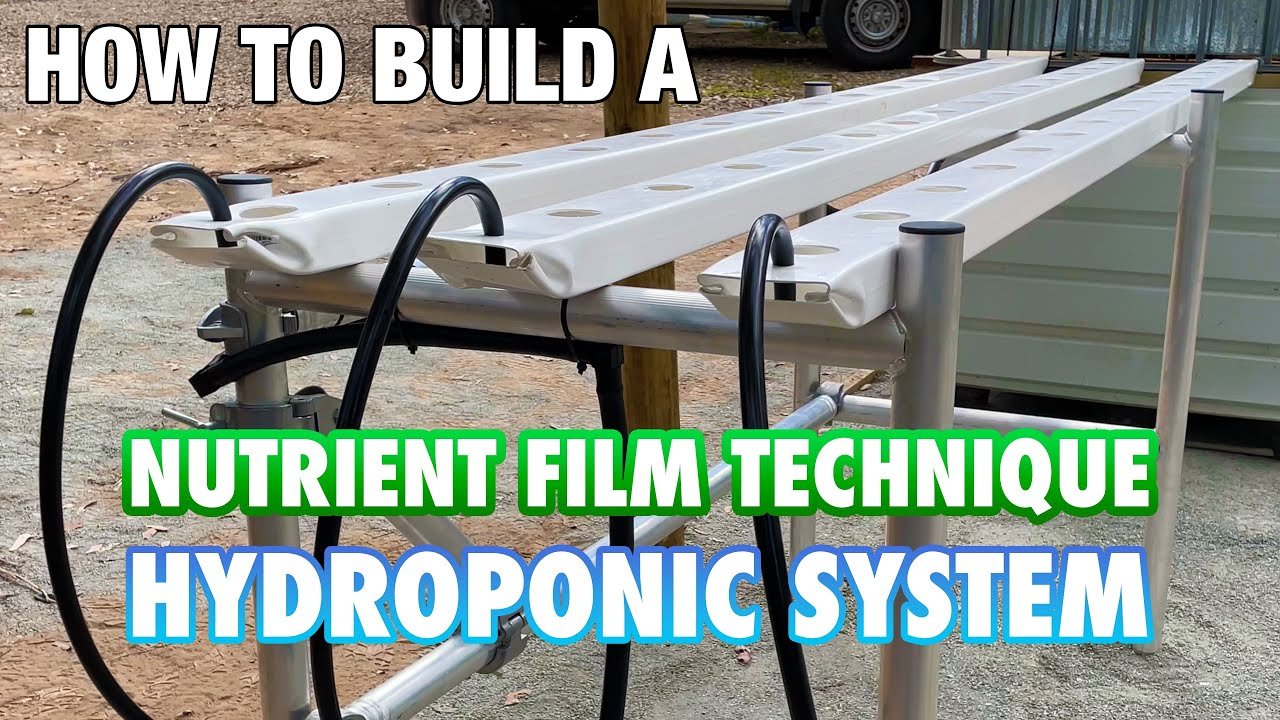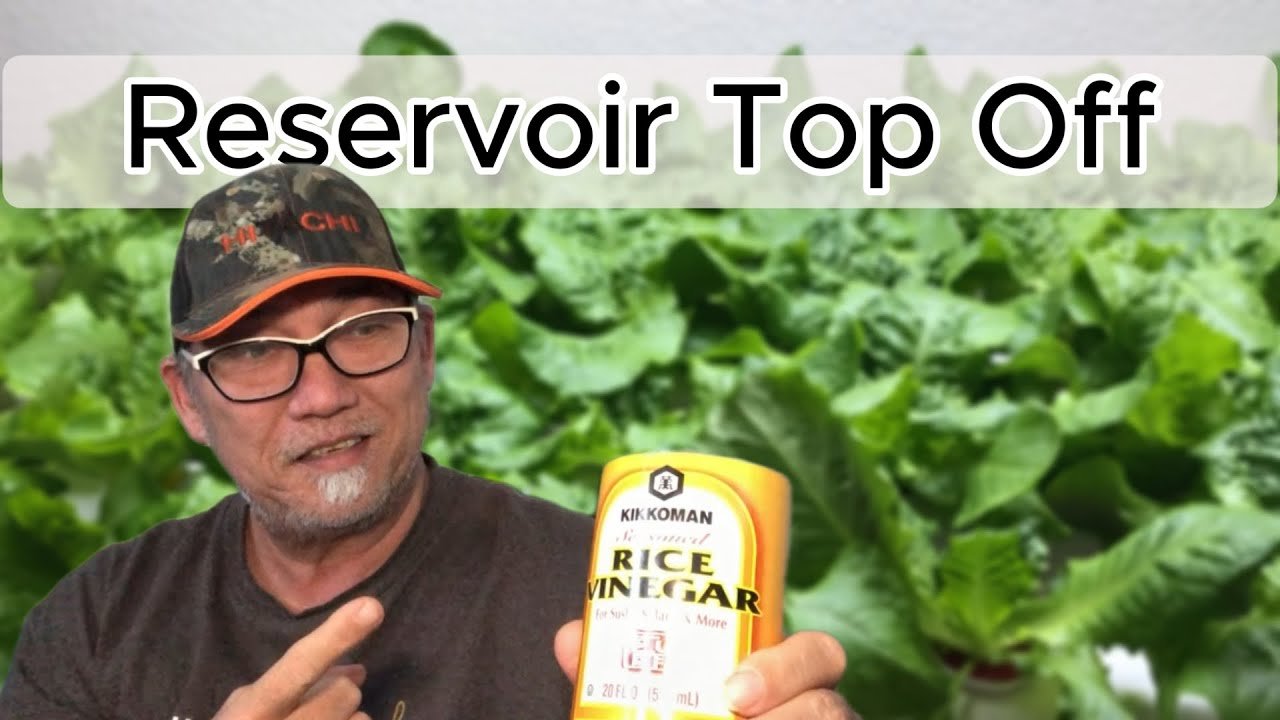My Aquaponics Adventure: The Journey of a Rookie in the Backyard
Sitting here on my back porch, coffee in hand and the morning sun creeping over the treetops, I can’t help but chuckle at the wild ride that was my foray into aquaponics. You know, one of those side projects you dream up on a lazy Sunday, thinking it’ll be simple and fun. Spoiler alert: It wasn’t.
The Dream Begins
It all started a few months ago when I first heard about aquaponics. The idea of raising fish and plants together in perfect harmony hooked me. I could almost taste the fresh basil and ripe tomatoes, all while watching colorful fish swim around in my very own self-sustaining ecosystem. I thought to myself, “How hard could it be?” After all, I’d spent plenty of weekends tinkering in the garage, so building a little ecosystem seemed right up my alley.
I went online and started gathering supplies. I had some old PVC pipes lying around, remnants of a previous home project that never quite took off, and I thought, “Perfect!” Repurposing felt right— eco-friendly and a little rebellious, like I was my own version of MacGyver. Off to the local garden center I went, armed with enthusiasm and a limited budget.
Gathering the Cast
At the garden center, I found myself lost in a sea of options. I decided on goldfish, because they seemed hardy and, well, I remember having them as a kid. Plus, I thought, how hard could it be to keep a few goldfish alive? I tossed in a couple of leafy greens for good measure—basil and some lettuce, hoping they would vibe well in my little aquatic adventure.
I came home and spent that evening sketching out my plan on the back of an envelope while sipping on my coffee, excitement fizzing in my chest. I imagined my backyard transformed with this easy-going setup. But the reality? Oh boy, it would prove to be a different story.
Construction Chaos
Building the system was wild. I fashioned a makeshift fish tank from a discarded plastic barrel I found in my shed and connected it to the PVC pipes with some elbow joints and a few rubber gaskets I’d saved from who knows when. At one point, in my pure enthusiasm, I thought I’d nailed it. But then, once I filled the tank and turned on the pump, my dreams quickly swirled down the drain.
It felt like a scene from a nightmare. Water gushed in the wrong direction, a fountain of chaos erupting all over my newly cleaned porch. I thought, surely this is a sign from the universe to stop. But I cleaned up, cursing myself for not checking the pump specifications before diving headfirst.
A Smelly Surprise
Days later, after some thrifty adjustments with old fishing nets and what felt like a million zip ties, I finally had the thing running—except there was a twist: the water started to smell. We‘re talking a profound stench that I felt sure would draw the neighbors out for a curious peek. That beautiful engineering masterpiece turned into a scene like something out of a horror movie. Turns out fish waste and sitting water are not exactly best friends, who knew?
After scouring the internet and a few panic-filled nights, I learned about the importance of aeration and biofiltration. A simple side note: changing your water a couple of times a week isn’t just a suggestion—it’s a necessity! After slaving away to set it all up, I struggled to keep the pool clean. It began to feel like more of a burden than the bountiful garden I envisioned.
Fish Drama
When I lost my first goldfish, a little guy I named Finley, I felt like I’d failed my entire aquaponics experiment. He floated up, a sad little marker in my journey. I realized I had skipped one crucial step—testing the water with an EC meter. I had read about it but thought, “Oh, that’s just for the pros.” Cue the eye roll. I regretted not sticking to beginner basics.
Once I finally got my hands on an EC meter (side note: a lifesaver!), I learned about the importance of nutrient levels. It turned out my chemical levels were off the charts. Fast forward through some trial and error—I adjusted my feeding routines, changed my aquaponics water a bit more frequently, and worked on balancing the chemistry. Slowly, but surely, I started to see some greenery grow in those PVC pipes.
Lessons Learned
Reflecting on those chaotic weeks, what surprised me most was how much patience was involved. In my initial over-enthusiasm, I assumed I could just set it and forget it, but here I was, elbow-deep in algae and second-guessing my life choices. Who knew that aquaponics could teach you so much about resilience (and gross odors)?
I also found myself connecting with the local community online. People who understood the challenges made it all feel a little lighter. There were threads full of good-natured ribbing, shared pictures of fish, and supportive messages after every blunder.
Keeping the Dream Alive
Now, I sit back with my coffee, the remaining goldfish swimming lazily in their tank, and the basil is finally taking off—lightly fragrant and vibrant. The water is clear and smells a lot better. I won’t say I’m an expert now, but there’s a certain magic in the little successes along the way—watching the plants thrive has been worth all the chaos.
If you’re thinking about starting your journey into aquaponics, and maybe feel a little overwhelmed, hold tight. It’s okay not to have it all figured out from the get-go. Just start with what you have. You’ll stumble more than a few times, but the love you’ll eventually have for your little ecosystem is hard to describe.
Life’s too short to play it too safe.
Join the next session here Reserve your seat and let’s find joy in the chaos together!







Leave a Reply